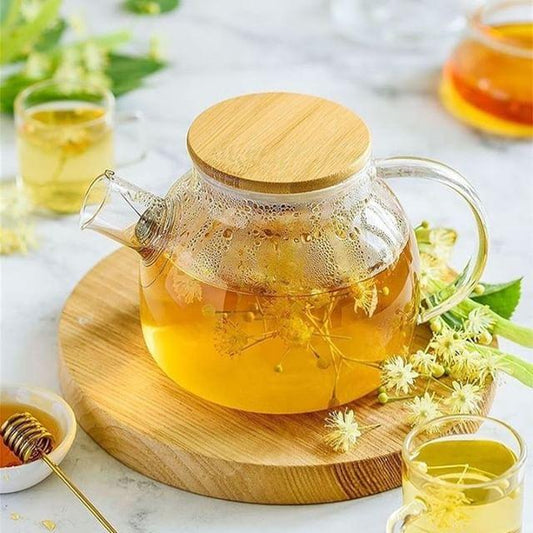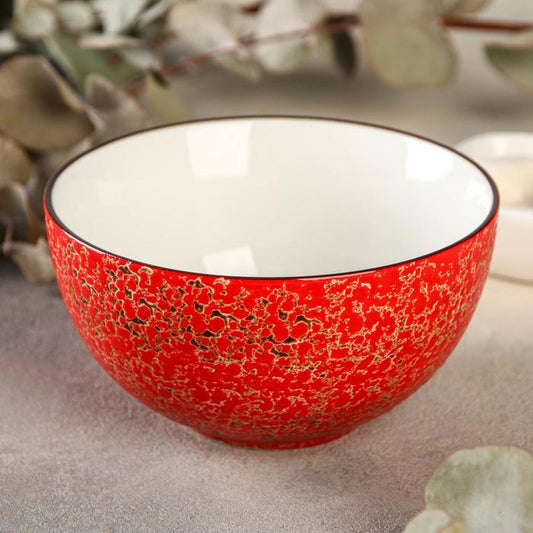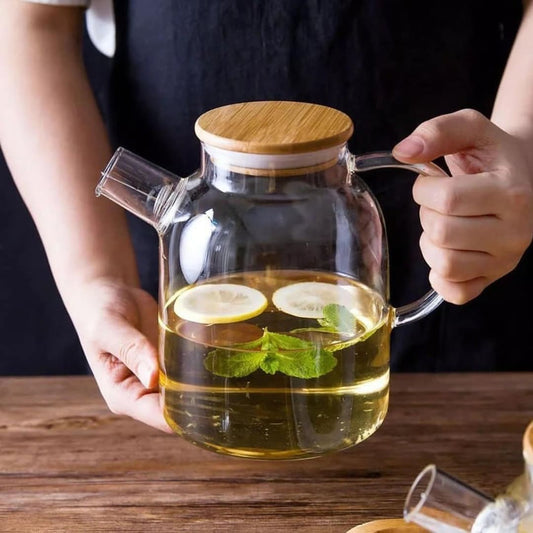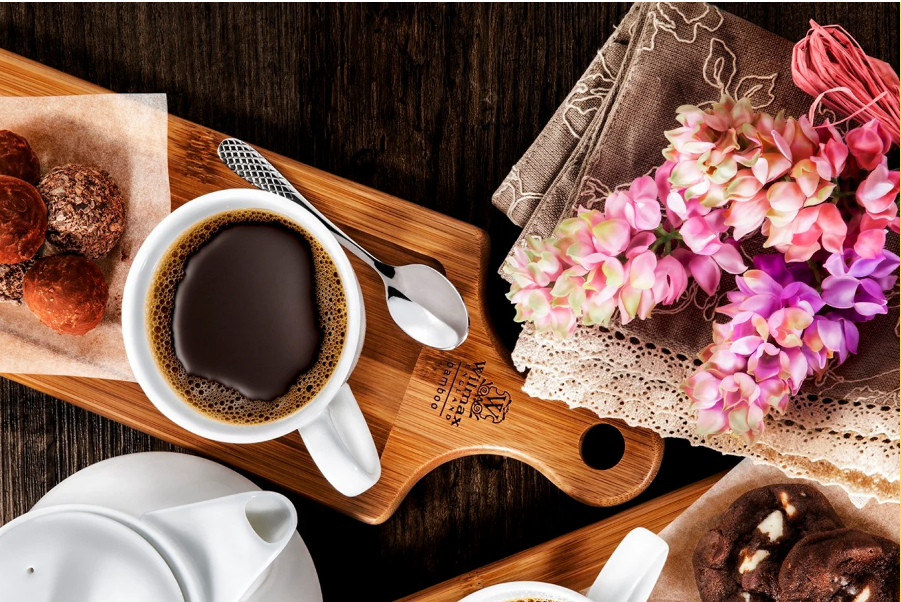Isomalt and Sugar Art: Creating Instagram-Worthy Cake Toppers

In the world of high-impact cake design, few techniques dazzle like sugar art. And if you’ve seen those glossy, translucent shards, bubbles, or geometric toppers gracing your social feed, chances are they were made with isomalt. This sugar substitute is the secret behind many gravity-defying, crystal-clear, and edible cake decorations—and it’s easier to use than it looks.
What Is Isomalt?
Isomalt is a sugar alcohol derived from beets. It has a mild sweetness and, more importantly, melts like sugar but resists crystallization—making it ideal for glass-like art. Unlike traditional sugar, isomalt doesn’t turn amber when heated, so it keeps its clear, jewel-like quality even at high temperatures.
Why Use Isomalt for Cake Toppers?
- Crystal clarity: It remains transparent and color-stable.
- Humidity resistant: Less sticky and more stable than traditional sugar art.
- Food-safe & edible: Can be eaten, though used more for decorative flair.
- Flexible to mold: Bubbles, shards, gems, sails—you name it.
Getting Started: Tools You’ll Need
- Isomalt (pre-tempered nibs are easiest for beginners)
- Small saucepan or silicone measuring cup (microwave-safe)
- Silicone mat or baking sheet with parchment
- Heatproof gloves (it gets very hot!)
- Silicone molds, bubble molds, or acetate strips
- Gel food coloring (optional)
- Metal tools or spoons for shaping
Basic Technique: Melting & Pouring
If you're using isomalt crystals or nibs, microwave in 20-second bursts until fully melted (around 320°F or 160°C). Let bubbles settle for 10 seconds before pouring into molds or onto a mat. Work quickly but carefully—it sets fast once poured.
Creative Ideas for Cake Toppers
1. Shards & Panels
Pour melted isomalt thinly onto a silicone mat and tilt for abstract shapes. Once cool, break into jagged shards to insert into cakes for a modern, high-contrast finish.
2. Bubbles
Blow bubbles using a metal straw or pump tool. Use gloves and caution—these are dramatic, spherical accents that look like glass ornaments atop tiered cakes.
3. Jewels & Gems
Add food coloring and pour into silicone molds to create rubies, sapphires, or abstract crystals. Use edible gold dust to make them shine.
4. Sugar Sails
Pour hot isomalt into abstract swirls, then shape over spoons or curved surfaces while still pliable. These make whimsical, modern toppers with movement and flow.
Safety & Storage Tips
- Always wear gloves: Isomalt is dangerously hot when melted.
- Avoid steam burns: Stir gently to reduce bubbling and splashback.
- Store dry: Keep finished pieces in airtight containers with silica gel packets to avoid clouding.
Conclusion: Let Sugar Be Your Canvas
With just a few ingredients and tools, isomalt lets you add sparkle, structure, and drama to any cake design. Whether you’re crafting an elegant wedding topper or going full glam on a birthday tier, sugar art invites you to think like a sculptor—and capture a little edible magic.
Share:





